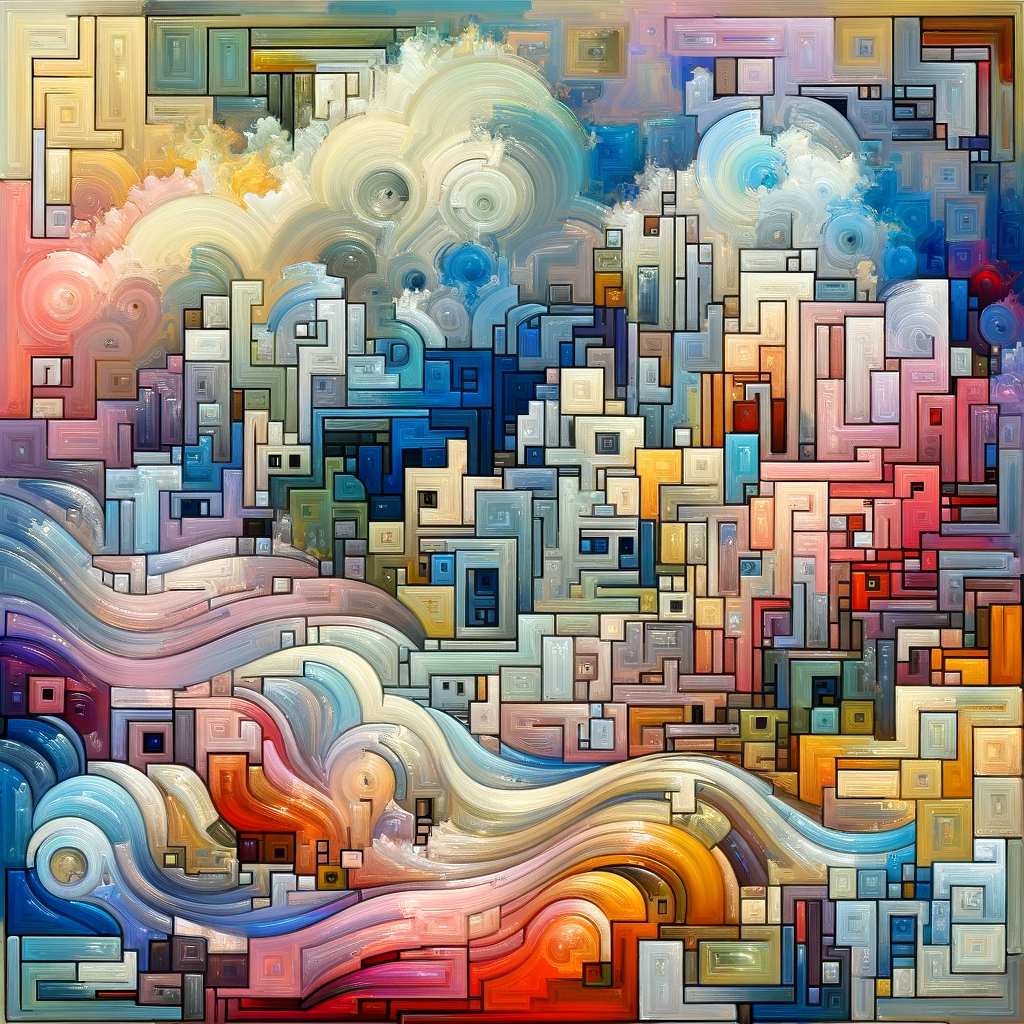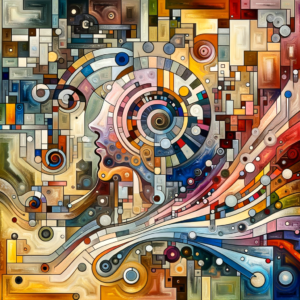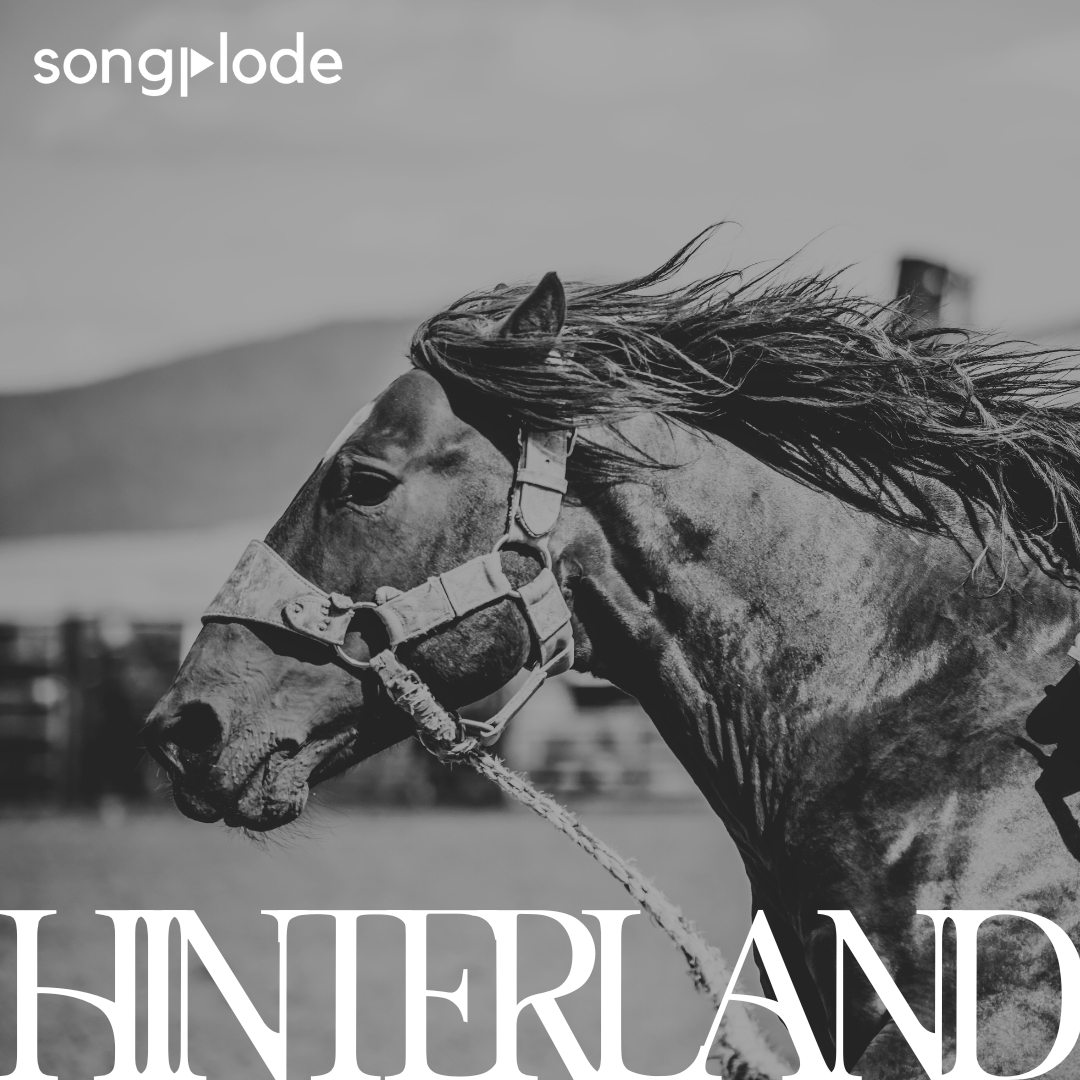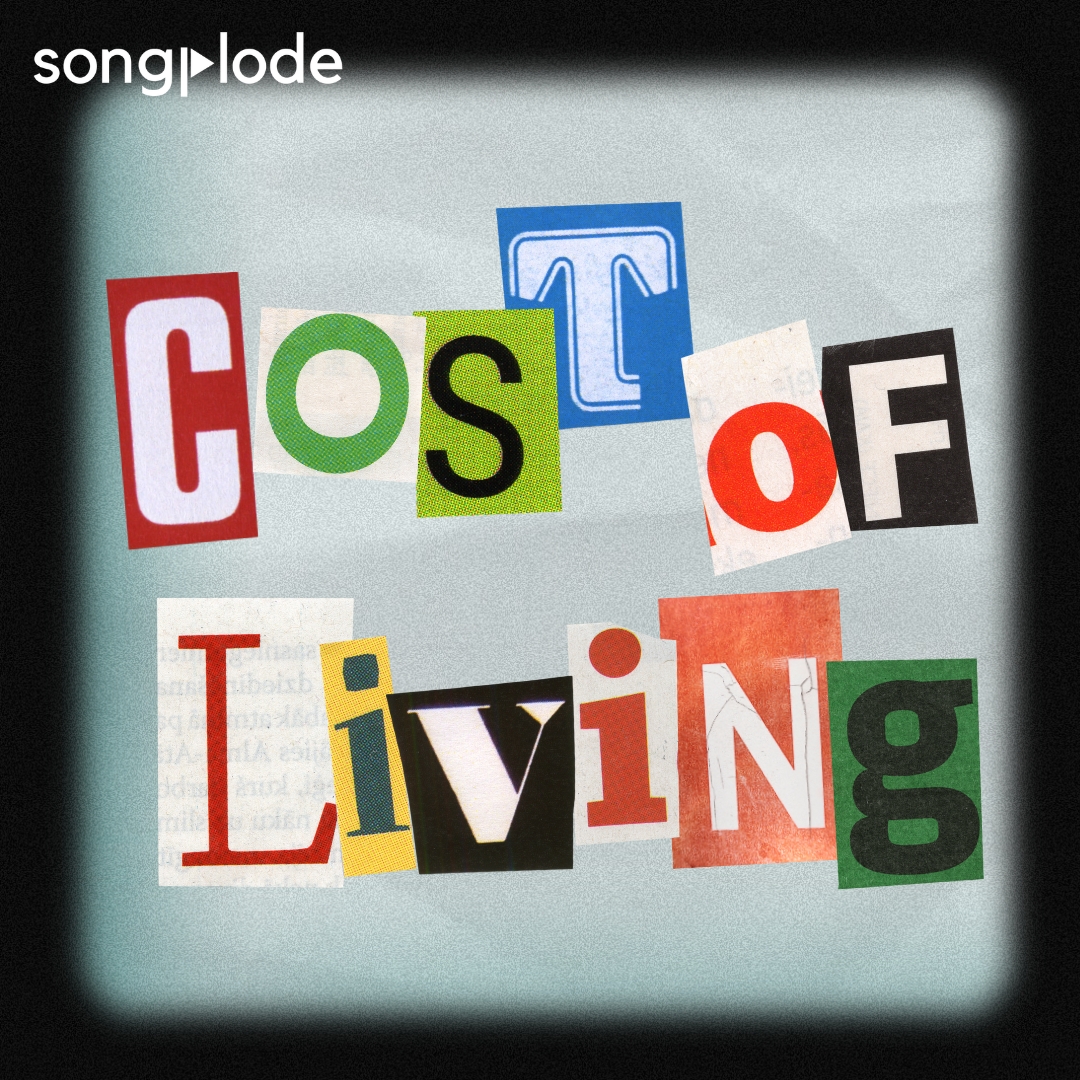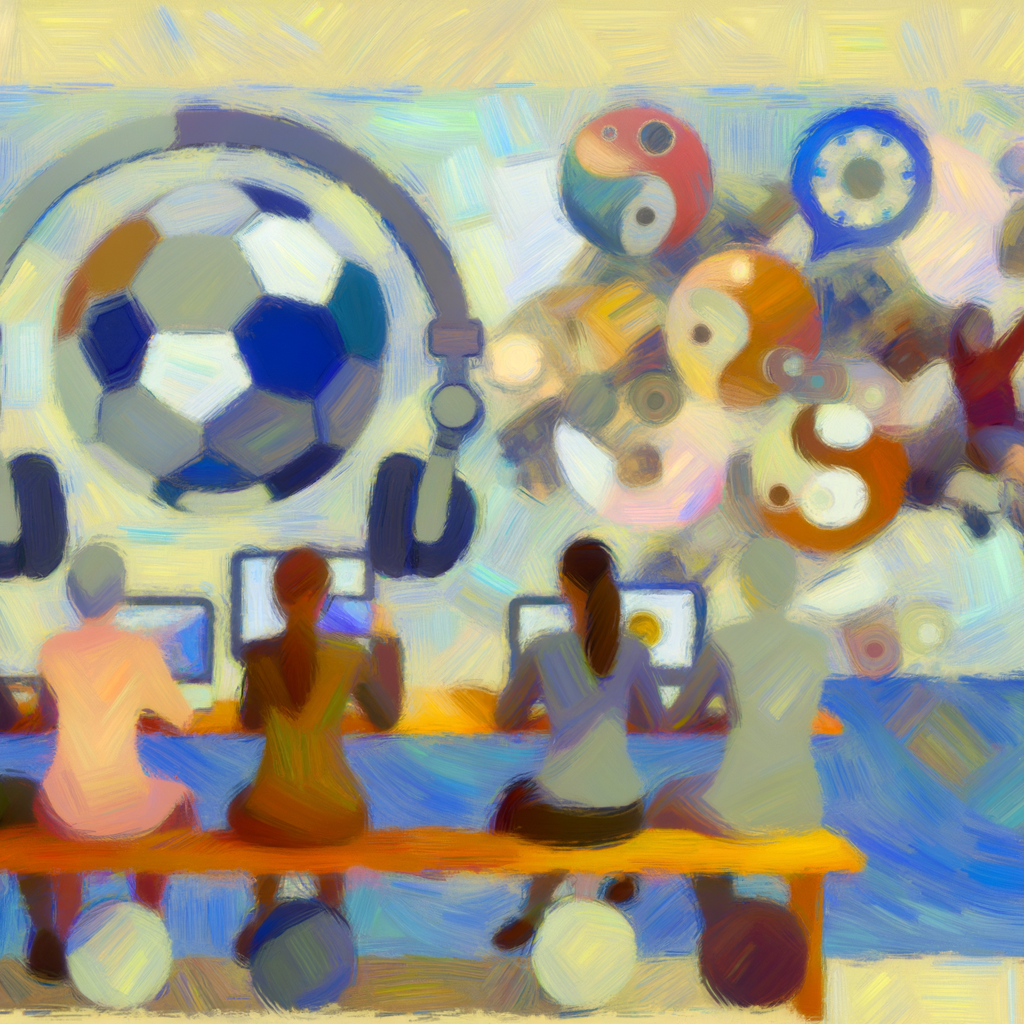> Part 3 of the Echoes of Belonging: Cultural Identity in a Multiform World series
In an era defined by the confluence of cultures and the intermingling of identities, the discourse on cultural identity experiences a profound enrichment through the lens of intersectionality. This third installment in our series, “Echoes of Belonging: Cultural Identity in a Multiform World,” delves into the layered lives of individuals at the confluence of race, ethnicity, gender, religion, and more, expanding our understanding of identity beyond singular narratives.
Intersectionality, a term coined by Kimberlé Crenshaw, provides a framework to examine how overlapping identities—including race, class, gender, and sexuality—interact in systems of power and oppression. It acknowledges that individuals do not experience identity unidimensionally but are often subject to multiple, intersecting social dynamics that shape their experiences of inclusion, exclusion, and belonging.
The exploration into multiracial and multicultural identities gives voice to the complexities and richness of living at the intersections. For many, these identities provide a unique vantage point to observe and navigate the social constructs around them, offering insights that challenge binary or simplistic understandings of culture and identity. These narratives illuminate the realities of individuals who, by embodying multiple cultural heritages or identity markers, redefine the boundaries of community and belonging.
Employing expert commentary and personal stories, this article sheds light on the navigation of societal expectations and the quest for representation. For individuals with intersecting identities, societal expectations can often feel like a tightrope walk between different communities, each with its unique set of norms and values. This balancing act is complicated further by dominant cultural narratives that tend to categorize and simplify identity, overlooking the nuanced realities of those who exist in between these simplified categories.
The portrayals of these individuals in media, literature, and public discourse are slowly beginning to shift, moving towards more nuanced representations that honor the complexity of intersectional identities. Such representation is crucial, as it not only affirms the existence and validity of diverse identities but also educates broader society about the varied ways in which people experience the world. Importantly, it challenges stereotypes and broadens the collective understanding of what it means to belong to a culture, community, or identity group.
However, navigating intersectionality is not without its challenges. The battle for visibility and recognition in spaces traditionally dominated by singular identity narratives requires resilience and advocacy. It involves a continuous process of self-definition and reclamation of identity, often in the face of erasure or misunderstanding by the larger society.
In conclusion, the narratives of those who live at the intersection of multiple identities offer essential insights into the complexities of cultural identity. They remind us that identity is not a static or singular concept but a dynamic and multifaceted constellation of influences that together inform how individuals perceive themselves and are perceived by others. By recognizing and celebrating these intersecting identities, we can move towards more inclusive and expressive understandings of community and belonging in our increasingly diversified societies.
This understanding not only enriches the tapestry of human experience but also promotes a more inclusive dialogue that honors the plurality of identities shaping our world, thus contributing to a more tolerant and appreciative discourse on cultural diversity【12:0†2024-10-15 Wednesday.pdf】.
Recent Posts songplode cultural identity and diversity
- Roots and Branches: Celebrating Heritage in a Global Society“Roots and Branches: Celebrating Heritage in a Global Society” explores the dynamic adaptation and celebration of cultural heritage in a globalized world, highlighting vibrant festivals, language preservation, and hybrid identities.
- Voices of the Hybrid: Living Between WorldsThe article explores hybrid identities in a globalized world, highlighting personal narratives of cultural intersections. It celebrates diversity while addressing the complexities and societal challenges faced by individuals straddling multiple cultures.
- Tuning into Diversity: Music as a Universal LanguageMusic acts as a universal bridge, transcending linguistic and geographical barriers, to unify diverse cultures. Genres like Afrobeat, Reggaeton, and K-pop promote cultural expression and foster global understanding.
- Reflecting Realities: The Struggle and Triumph of Diversity in MediaAs society embraces diversity, media shifts to challenge stereotypes and amplify marginalized voices. This transformation fosters inclusion and galvanizes societal change through powerful, authentic storytelling across diverse platforms.

